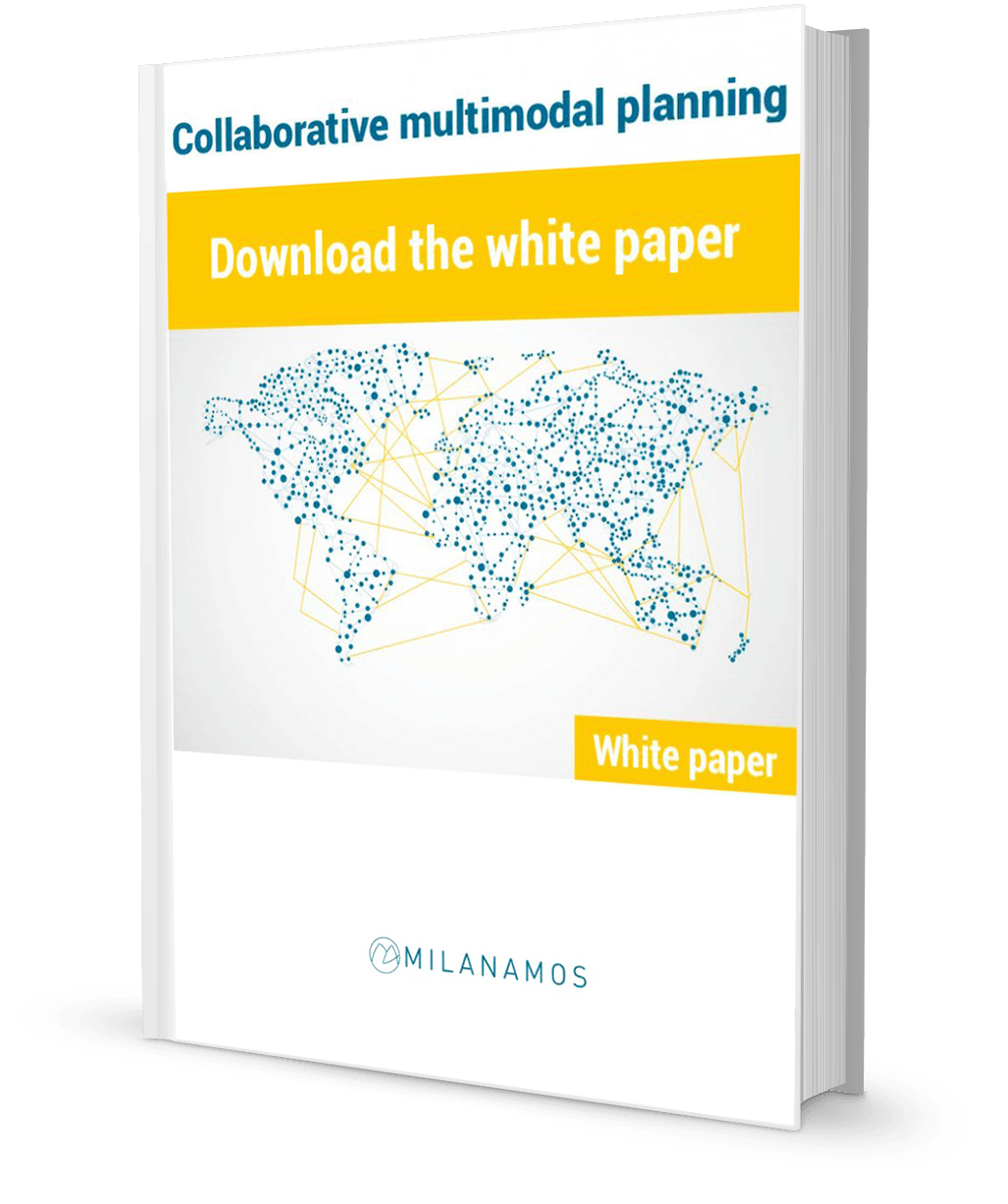In the old, black & white way of thinking, airline, train, bus, ferry and other transport operators would consider themselves as competitors.
But from the perspective of the modern traveler – especially the uniquitous millennial, armed only with their smartphone and a credit card – the different transport players are simply part of an amorphous travel network that helps them get from A to B.
And naturally those travelers are going to gravitate towards the companies – or web portals – that help them organize their journey at minimum cost and with minimum effort.
Multi carrier airline collaboration is ‘enlightened self interest’.
Say an airline flies from A to B, but only their competitor flies from B to the regional airport at C.
Oldthink dictates that the airline doesn’t sell tickets from A to C. Newthink says it collaborates to gives customers what they want.
Milanamos offers airlines (and other transport operators) a way to collaborate with competitors by providing ‘ring-fenced big data’.
What we mean by that is that operators can share data which is relevant to joint initiatives … but guard data which is not relevant.
Sharing big data enables predictive planning of routes. For example, AFRAA – the African Airline Association – uses data modeling from Milanamos to help international airlines and small regional airlines work together to identify and develop profitable routes.
Multimodal networks gives add value to transport operators.
Once airlines co-operate with each other, the next step is to work with the bus, train and even taxi organizations who will eventually get the traveler to their front door or hotel room.
This is partly because an end-to-end solution is great customer service, and with revenue sharing in place (Milanamos can help facilitate this), all the players stand to gain. The airline can sell a bus ticket … and vice versa.
But another compelling reason for transport operators to co-operate is that if they don’t do it … a web portal will.
So if a smart startup – let’s call it A2Btickets.com – starts selling multimodal tickets, then they’re going to get the commission from all the players and, importantly, they’ll own the customer relationship. Which means the transport operators suffer their brand value being eroded.
Big data helps transport operators identify collaboration opportunities.
Big data overlays transport data with demographic information and other data streams – like anonymized airport, mobile phone and financial services data – to help companies predict the most profitable collaborations.
Christophe Imbert, founder of Milanamos, says that the benefits of multimodal networks can be sublime. “Take the case of IDbus.com,” Imbert says. “They’re a bus company that is owned by rail operator SNCF for the purpose of providing a cheap alternative to the country’s TGV high speed train network. At first view that seems crazy, but in fact TGV services are expensive to run, so SNCF sees a benefit in having less frequent TGV trains, but maintaining them as a premium service with high occupancy. It’s also cheaper to send a coach from, say, Lyon to Paris than it is to send a half-empty bullet train.”
“As we enter the age of the multimodal app, business issues like big data, predictive analyses and collaborative ventures are the next big thing for tranport operators,” says Imbert. “And Milanamos is firmly in the niche of big data solutions for the transport industry.”











